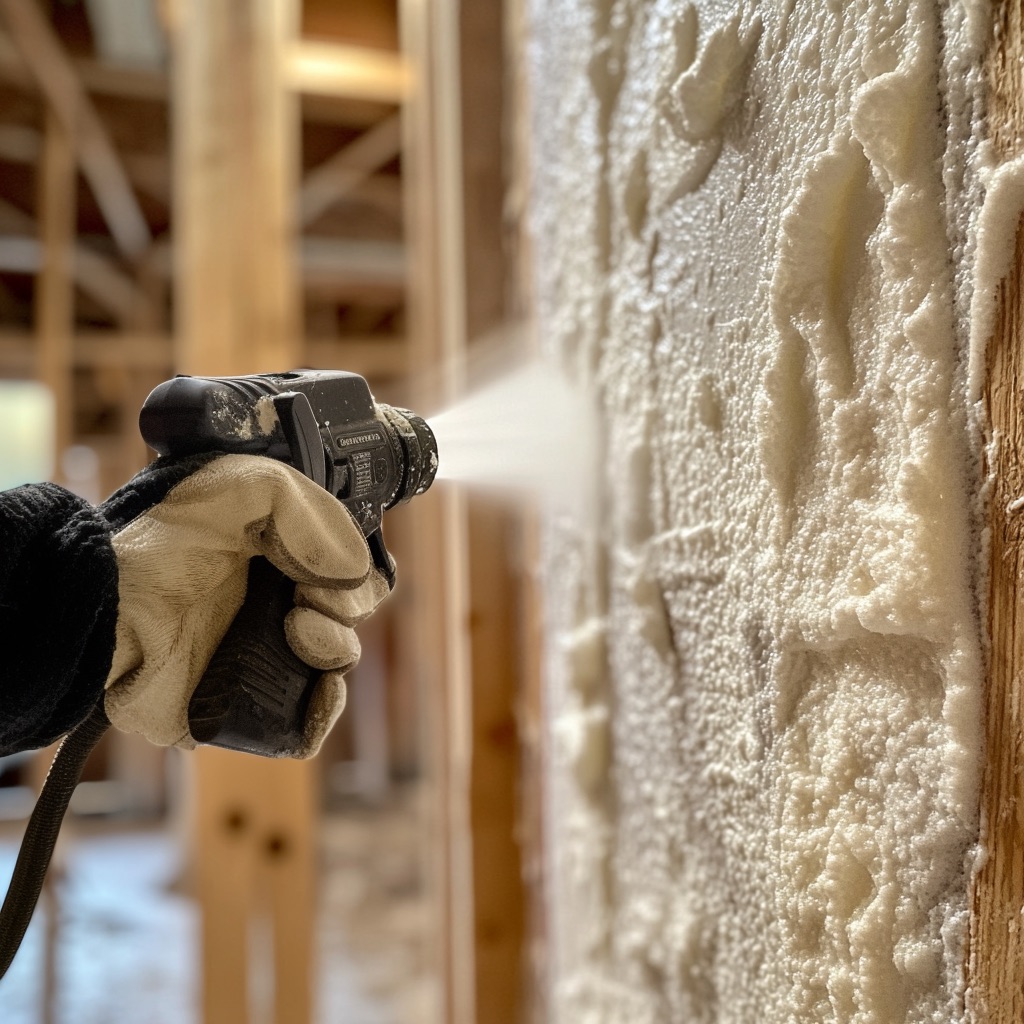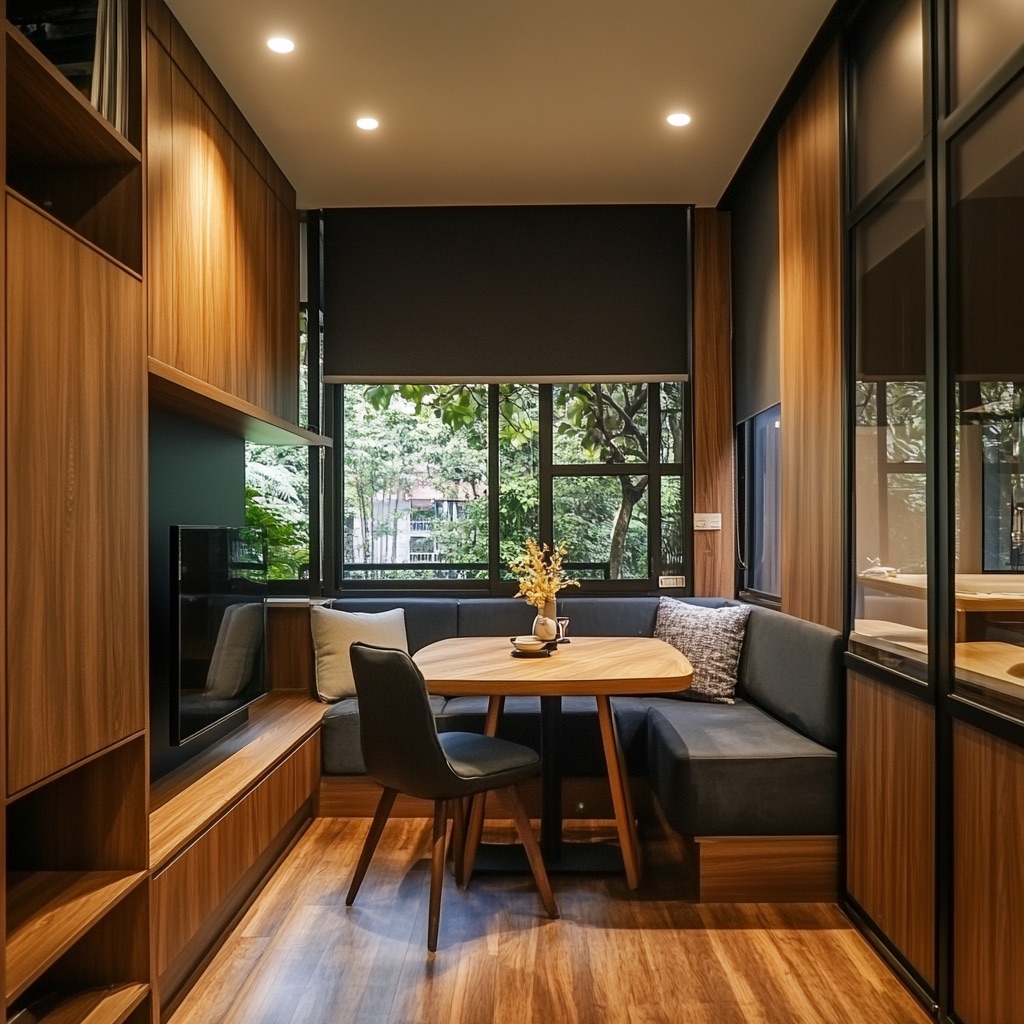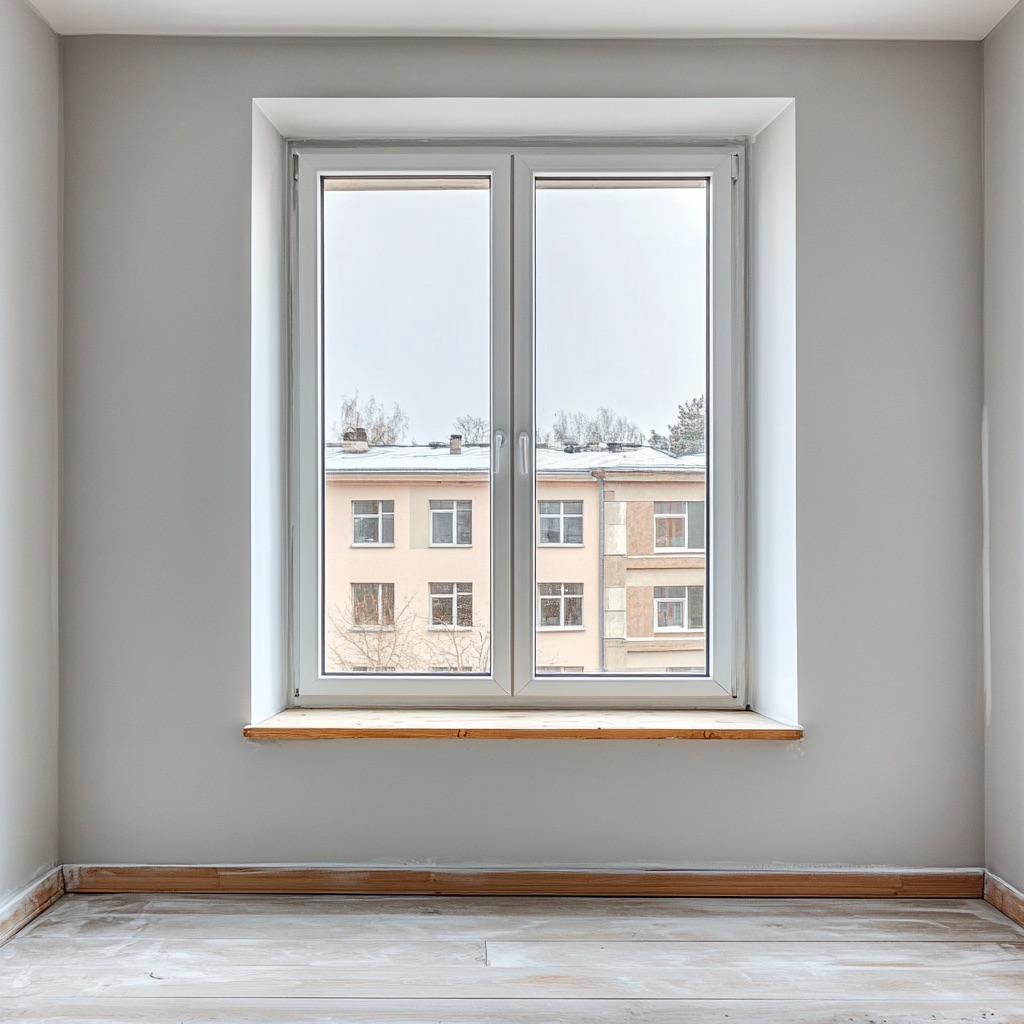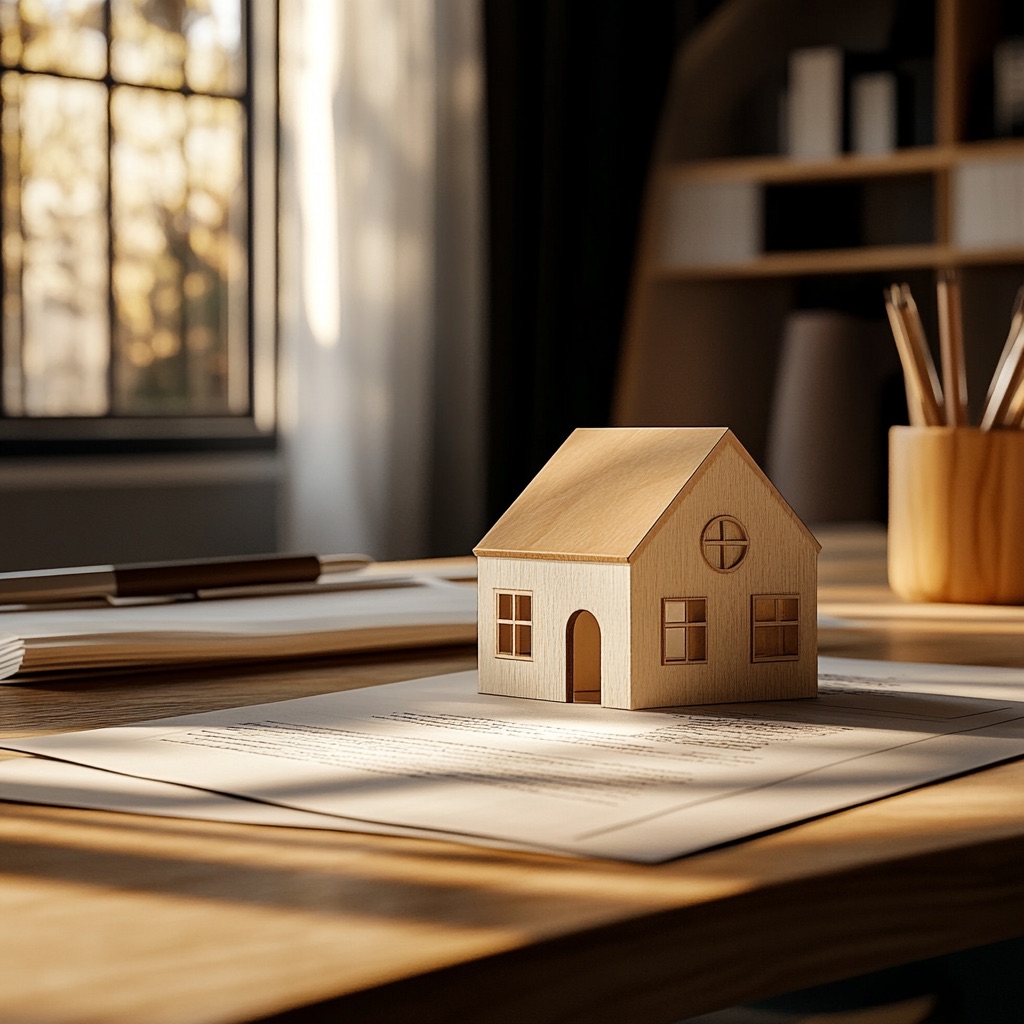Creating a healthy living environment goes beyond the food we eat and the exercise we get; it’s about curating a space that promotes overall well-being. From the air we breathe to the tranquility of our personal space, each aspect of our environment has a profound impact on our health and happiness.
In this blog, we’ll explore practical tips and tricks that will help you transform your living space into a sanctuary of health, enabling you to thrive physically, mentally, and emotionally. Stay tuned for simple yet effective ways to enhance your daily environment and foster a more vibrant, health-conscious lifestyle.
Get Rid of Pests
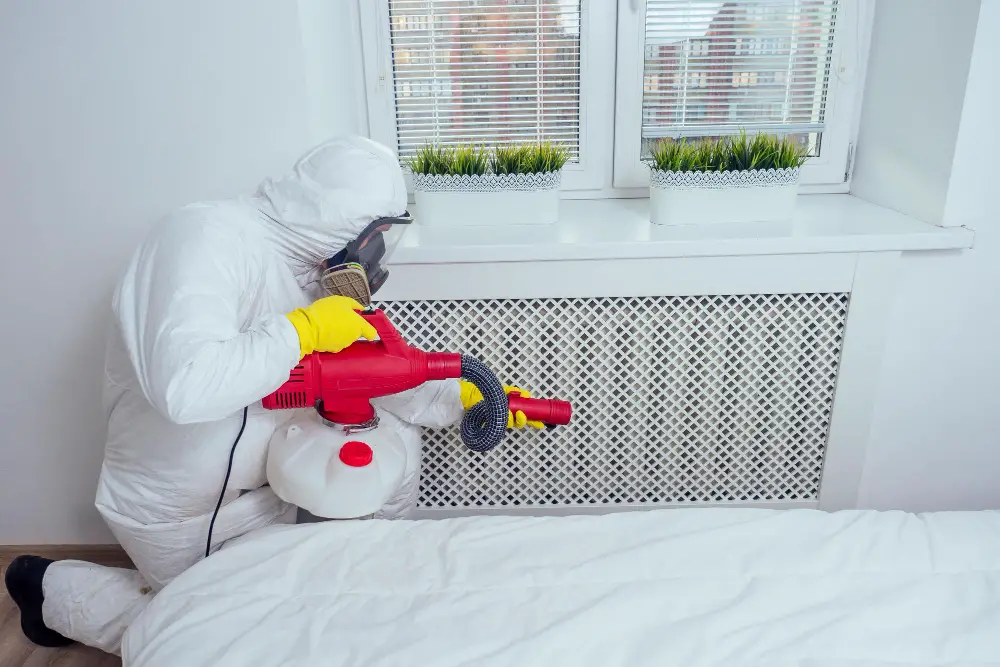
An often overlooked aspect of creating a healthy living environment is the management of pests. Uninvited guests like insects and rodents can be a nuisance and pose significant health risks as they can carry diseases and trigger allergies. To maintain a hygienic and peaceful home, it’s essential to address any pest issues promptly.
Working with experts, whether that’s flea pest control services or hiring an exterminator for rats and other pests, can help eliminate unwanted invaders and prevent future infestations. Regularly cleaning and decluttering your space can also discourage pests from making themselves at home.
Embrace the Power of Greenery and Plants
Incorporating plants into your living space doesn’t just enhance its aesthetic; it can also improve air quality and elevate your mood. Houseplants like the spider plant, snake plant, and peace lily are known for their air-purifying abilities, removing toxins from the environment.
They also contribute to a sense of well-being, reduce stress, and improve focus by increasing oxygen levels within your home. Additionally, the act of caring for plants can be a therapeutic hobby that fosters mindfulness and a sense of accomplishment. So, consider adding a touch of nature to your living environment for both its beauty and health benefits.
Decluttering for Mental Clarity

The state of our living spaces can deeply influence our mental clarity and focus. A cluttered environment often reflects a cluttered mind, leading to stress and reduced productivity. Taking the time to declutter not only frees up physical space but also creates an atmosphere of calm and order that is conducive to mental well-being.
Start by designating a place for everything and ensure each item is used, loved, or donated. Tackling one area at a time can make the process manageable and less overwhelming. The act of decluttering can be incredibly freeing, setting the stage for clearer thinking and a more serene and spacious environment.
Prioritize Healthy Sleep Habits
Good sleep is paramount to your overall well-being, often being referred to as the best meditation. It’s when our bodies repair themselves and our minds consolidate memories and process information. To foster healthy sleep habits, start by creating an environment that promotes relaxation—keep your bedroom dark, cool, and quiet.
Invest in a comfortable mattress and pillows that support your body well. Establish a consistent sleep schedule by going to bed and waking up simultaneously each day, even on weekends.
Avoid using devices right before bed since the blue light they generate might throw off your circadian cycle. Embrace routines that signal your body it’s time to wind down, like reading a book or taking a warm bath, to improve your sleep quality and enhance your daily functioning.
Ensure Optimal Water Quality in Your Home
The importance of water quality in a healthy living environment cannot be overstated. Consuming and utilizing clean, uncontaminated water is crucial for maintaining our health. Tap water that is high in minerals, or worse, contaminants, can affect everything from your skin and hair to your digestive system.
Consider installing a water filtration system to remove impurities or regularly replacing filters if you already have one. For drinking water, a reverse osmosis system can provide additional peace of mind by ensuring the water you consume is pure and free from harmful substances.
Remember to have your water quality tested periodically, as this will inform you about any specific issues that need to be addressed in your area or home.
Optimizing Ergonomics
An often neglected aspect of a healthy living environment is ergonomics—the science of designing and arranging spaces so that they fit the individuals using them. Poor ergonomic practices can lead to discomfort, inefficiency, and even injury over time. To optimize ergonomics within your home, focus on creating a functional workspace.
This means choosing chairs that provide proper back support, keeping computer screens at eye level to prevent neck strain, and maintaining a neutral body position with feet flat on the floor. Similarly, arranging your kitchen or work areas so that everyday items are within easy reach can prevent unnecessary stretching or bending.
Remember, a well-designed ergonomic space not only promotes your physical health but also enhances your overall productivity and well-being.
The Takeaway
Creating a healthy living environment is about intentionally curating your surroundings to promote both physical and mental well-being. By implementing these tips and tricks, you can transform your space into an oasis of health and happiness, allowing you to thrive in all aspects of your life.
Remember, it’s not just about the result; it’s also about mindfully enjoying the journey towards a healthier and happier you.
Recap
